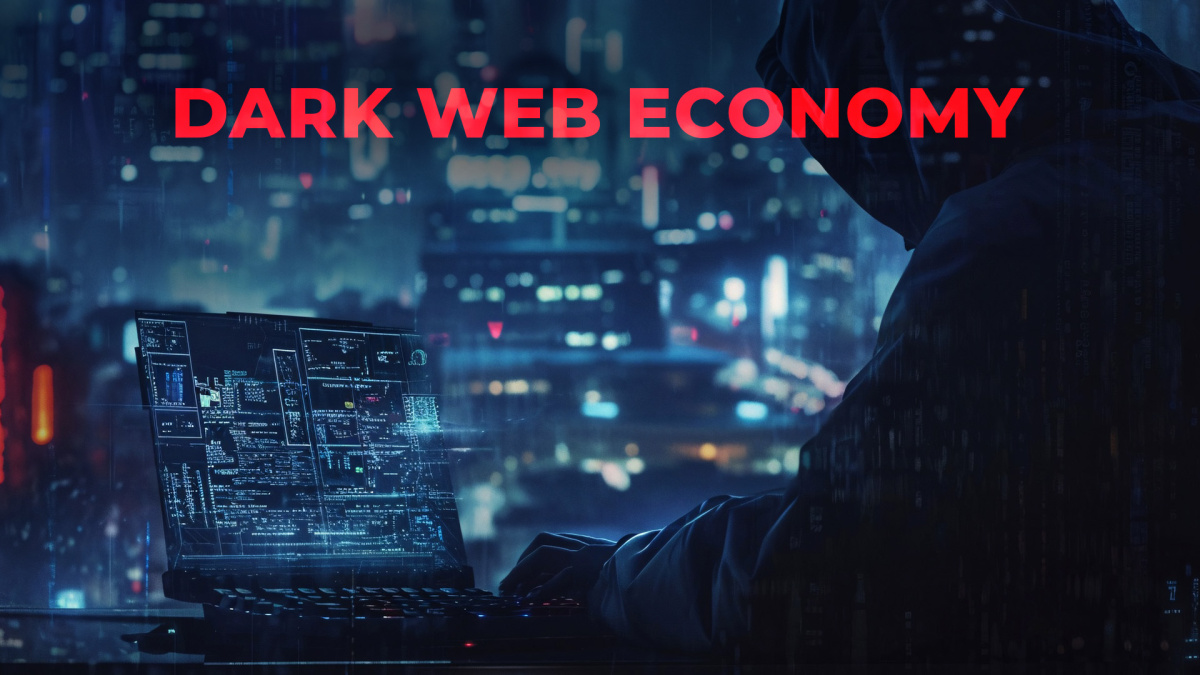The Underworld of the Dark Web Economy: How Cybercrime Operates
We often focus on how to protect our information but rarely discuss what happens when it gets stolen or when we fall victim to a cyberattack. This is where the dark web comes in — an anonymous marketplace where cybercriminals trade stolen data for profit. From personal credentials to financial information, this underground economy thrives on breached data, posing serious risks to individuals and organizations.
How Does the Dark Web Operate?
The dark web is accessible through special browsers like Tor, which anonymizes users' identities and locations, making tracing difficult. While this anonymity can be exploited for illegal activities, including the sale of stolen data, it's also used for legitimate privacy-focused purposes. Cybercriminals use the dark web's forums and marketplaces to buy and sell stolen information, often using cryptocurrencies like Bitcoin or Monero for transactions, as these offer a degree of anonymity.
What Data is in Demand?
Various types of sensitive data are preferred on the dark web, with cybercriminals looking for anything that can be exploited for fraud, identity theft, or corporate espionage. The most commonly traded data includes:
- Personal Information: Names, addresses, and social security numbers are often sold for identity theft.
- Financial Data: Credit card details and banking credentials are used for defrauding transactions.
- Corporate Secrets: Confidential business data and intellectual property are valuable for corporate espionage.
- Login Credentials: Compromised accounts from email services, social media, and streaming platforms are traded extensively.
The Pricing Model
The value of stolen data depends on its type and quality. For example, a stolen credit card number typically costs between $10 to $50. Bank login credentials are significantly more valuable, often reaching hundreds or even thousands of dollars, depending on the account balance. Due to their detailed personal information, medical records are considered the most valuable and can fetch high prices on the dark web.
Tactics and Protection Strategies
Cybercriminals use tactics like phishing attacks to trick users into revealing sensitive information, ransomware to encrypt data and demand payment for its release, and credential stuffing to access other accounts with previously stolen login credentials. To combat these threats, organizations should implement regular security audits to detect vulnerabilities, enable two-factor authentication (2FA) for added protection, and conduct employee awareness training to prevent phishing attempts. Additionally, using dark web monitoring tools can help detect stolen credentials before they are exploited.
By understanding how cybercriminals operate and adopting proactive security measures, organizations can better protect sensitive data and prevent financial losses.
